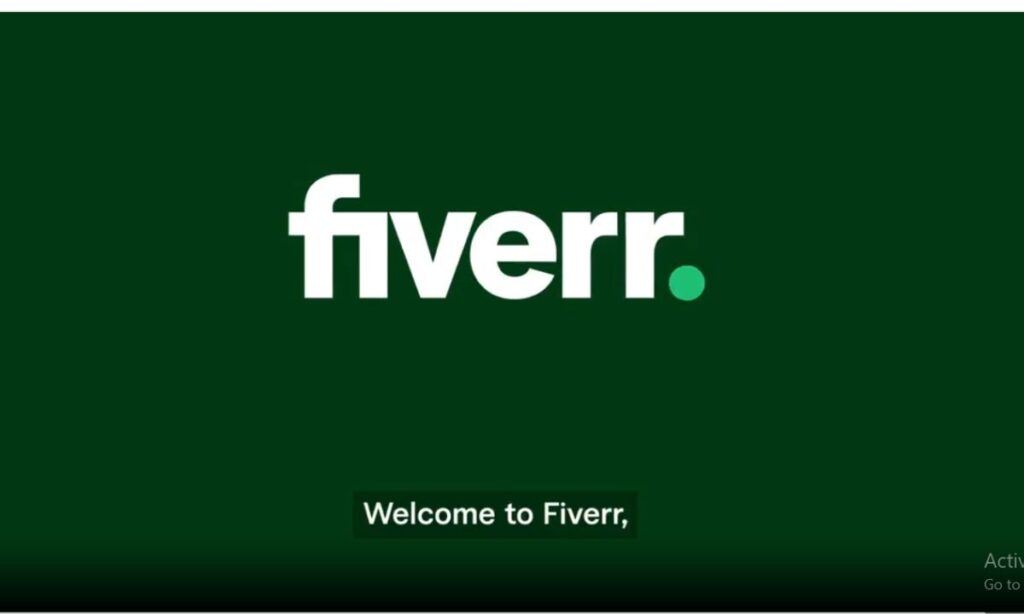Are you a freelancer wondering how to price your services? Setting the right rates can feel like a tricky balancing act. Charge too little, and you risk undervaluing your skills; charge too much, and you may scare away potential clients. Don’t worry—you’re not alone in this journey. In this guide, we’ll break down everything you need about freelance pricing, including how to use a freelance rate calculator and tips to figure out your freelancing hourly rate. By the end, you’ll have a clear strategy for confidently setting your rates.
Why Is Setting the Right Freelancer Rate Important?
Your rate is more than just a number; it’s your livelihood, your value, and your reputation rolled into one. Here’s why getting it right matters:
- Sustainability: You need to cover your expenses and earn a profit.
- Professional Perception: Charging appropriately signals your expertise.
- Client Expectations: Clear, fair pricing fosters trust with clients.
Now, let’s dive into how to figure out your freelance rate step-by-step.
Step 1: Understand Your Costs
Before setting your rates, you need to know what it costs to run your freelance business. Consider these common expenses:
- Fixed Costs:
- Internet and utilities
- Office Supplies
- Software subscriptions (e.g., Adobe Creative Cloud, Zoom)
- Variable Costs:
- Taxes (often 20-30% of your income, depending on your location)
- Health insurance (if applicable)
- Marketing and networking expenses
- Living Expenses:
- Rent or mortgage
- Food and transportation
- Savings and retirement contributions
Quick Tip:
Make a list of your monthly expenses and divide them by the average hours you plan to work each month. This will give you a baseline freelancing hourly rate to start with.
Step 2: Consider Industry Standards
Research is key to understanding what other freelancers in your niche charge. Here’s how to gather this information:
- Freelancer Websites: Check platforms like Upwork, Fiverr, or Toptal for average rates in your field.
- Freelance Rate Calculators: Use tools like the Freelance Rate Calculator on websites such as Bonsai or HubSpot.
- Community Insights: Join freelancer forums or Facebook groups to see what others charge.
Example:
A freelance graphic designer might find rates ranging from $30 to $150 per hour depending on experience and location.
Step 3: Calculate Your Hourly Rate
There are different methods to calculate your rate. Let’s go through two common approaches:
The Formula-Based Approach
- Add Your Expenses: Combine all your business and personal expenses.
- Example: $3,000/month
- Decide Your Profit Margin: Add a percentage for profit. For example, 20%.
- $3,000 × 1.2 = $3,600
- Divide by Hours Worked: Estimate the billable hours you work per month (e.g., 120 hours).
- $3,600 ÷ 120 = $30/hour
The Value-Based Approach
Instead of focusing on hours, the price is based on the value you provide to clients. For example:
- If your work generates $10,000 in revenue for a client, charging $1,500 for the project reflects the value you bring.
Step 4: Adjust for Your Experience Level
Your experience directly impacts your rate. Here’s a general guideline:
- Entry-Level: Start at a competitive rate to attract clients (e.g., $20–$40/hour).
- Mid-Level: Increase rates as your portfolio grows (e.g., $50–$80/hour).
- Expert: Charge premium rates for your niche expertise (e.g., $100+/hour).
Step 5: Factor in Hidden Costs
Freelancing isn’t just about billable hours. You also spend time on non-billable tasks, such as:
- Client communication
- Marketing and lead generation
- Invoicing and administrative work
To account for these, consider adding a 25–30% markup to your base rate.
Step 6: Test and Adjust Your Rates
Freelancing rates aren’t set in stone. Test your rates with new clients and adjust based on feedback and demand. Here’s how:
- Raise Rates Gradually: Increase your rate by 10–15% every six months if demand is high.
- Offer Packages: Create tiered pricing options (e.g., Basic, Standard, Premium) to cater to different budgets.
Common Mistakes to Avoid
- Underpricing: Don’t sell yourself short. Charging too little can attract low-quality clients.
- Overcomplicating: Keep your pricing structure simple and transparent.
- Ignoring Market Trends: Stay updated on industry rates to remain competitive.
Bonus: Tools to Simplify
Here are some handy tools to help you calculate and manage your rates:
- Bonsai Freelance Rate Calculator
- HubSpot Pricing Guide
- QuickBooks Self-Employed (for tracking expenses and income)
- Clockify (to track billable hours)
Conclusion: Your Rate Reflects Your Value
Setting your freelance rates is a mix of art and science. By understanding your costs, researching industry standards, and valuing your expertise, you can confidently charge what you’re worth. Remember, pricing isn’t just about covering expenses—it’s about respecting your skills and the value you bring to clients.
Now it’s your turn! Use the steps above to calculate your rate and take control of your freelance business. Have any tips or stories about setting rates? Share them in the comments below!
FAQs
What is a freelance rate calculator, and how can it help me?
A freelance rate calculator is a tool that helps you determine how much you should charge for your services. It takes into account your expenses, desired profit margin, and billable hours to give you an hourly or project-based rate. It simplifies the process and ensures you don’t underprice your work.
How do I figure out my freelancing hourly rate?
To figure out your hourly rate, calculate your total monthly expenses, add a profit margin, and divide by the number of billable hours you expect to work in a month. For example, if your total expenses are $3,600 and you plan to work 120 hours per month, your hourly rate would be $30.
Should I charge hourly or per project?
It depends on the nature of the work and your preference. Hourly rates are suitable for tasks with uncertain scopes, while project-based pricing works better for well-defined deliverables. Many freelancers combine both methods depending on the client and project.
How do I adjust my rates as I gain experience?
Start by charging competitive rates for entry-level work. As your skills, portfolio, and demand increase, gradually raise your rates by 10–15% every six months or after completing a significant project. Justify higher rates by emphasizing your experience and the results you deliver.
What if clients say my rates are too high?
If a client says your rates are too high, communicate the value you bring to their project. Break down your pricing to show how it reflects your expertise and time investment. If necessary, offer a smaller package or reduced scope of work to fit their budget.
What factors should I consider when setting freelance rates?
Key factors include:
Your living and business expenses
Taxes and insurance
Market demand and industry standards
Your experience level
Non-billable hours (e.g., admin, marketing, client communication)
How do I handle clients who want to negotiate my rates?
Be prepared to explain your pricing and the value you provide. If the client has a limited budget, consider offering a reduced scope of work rather than lowering your hourly or project rate. Always ensure the agreed price is fair and sustainable for you.
What are the risks of underpricing my services?
Underpricing can:
Devalue your skills and expertise
Attract low-quality clients who don’t appreciate your work
Lead to burnout from overworking to compensate for low earnings
Make it harder to raise your rates in the future
Are there any tools to help track my billable hours?
Yes, several tools can help you track billable hours effectively, including:
Clockify
Toggl Track
Harvest
These tools also help you analyze time spent on projects, ensuring your rates align with the effort involved.
Can I charge different rates for different clients or projects?
Absolutely! It’s common to charge higher rates for complex projects or clients who require specialized expertise. Tailoring your rates based on the scope and value of each project ensures fairness for both you and your clients.
Welcome to Digital Profit Track, sharing insights on digital marketing, freelancing, and online earning.
Contact me at: team@digitalwsf.com




